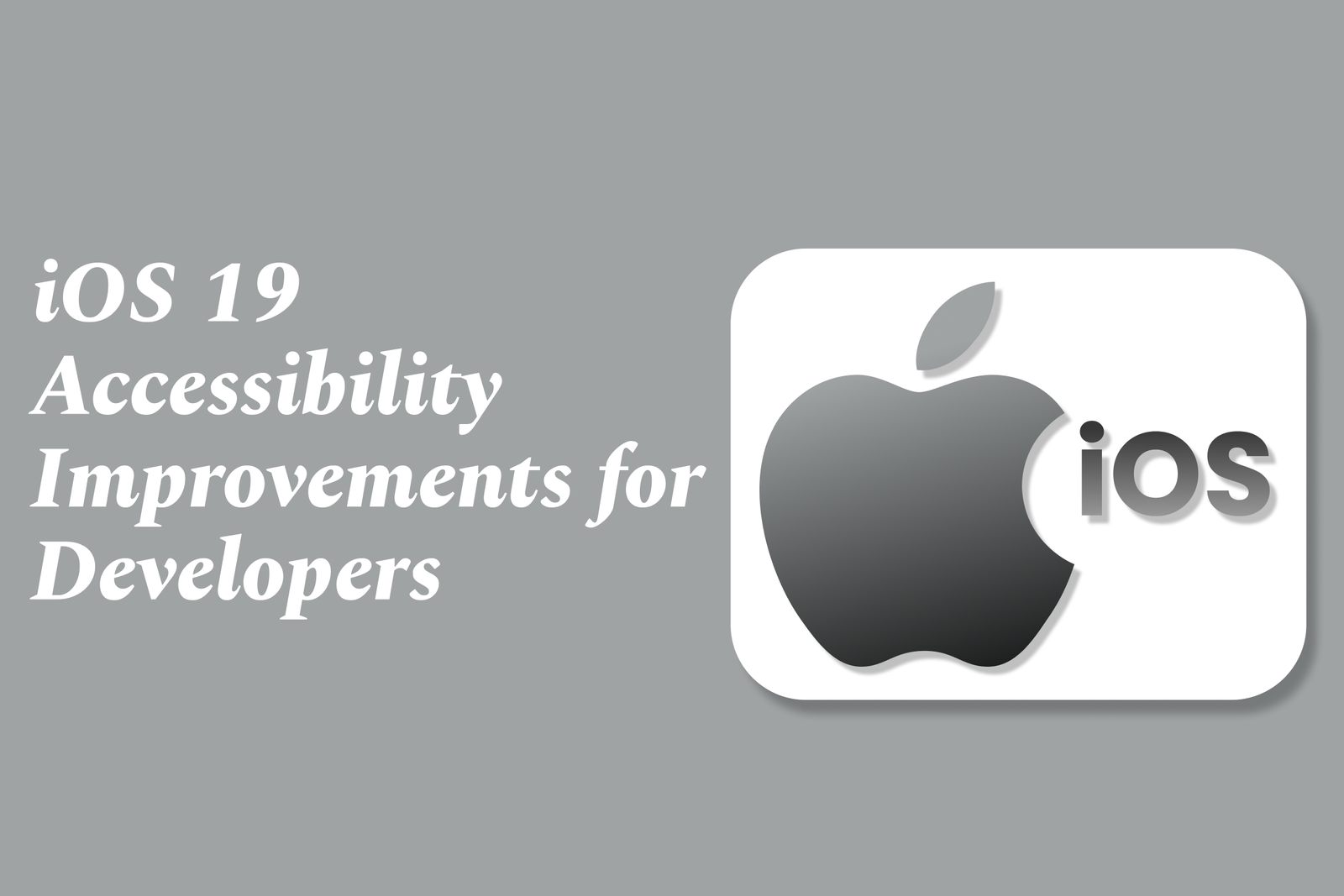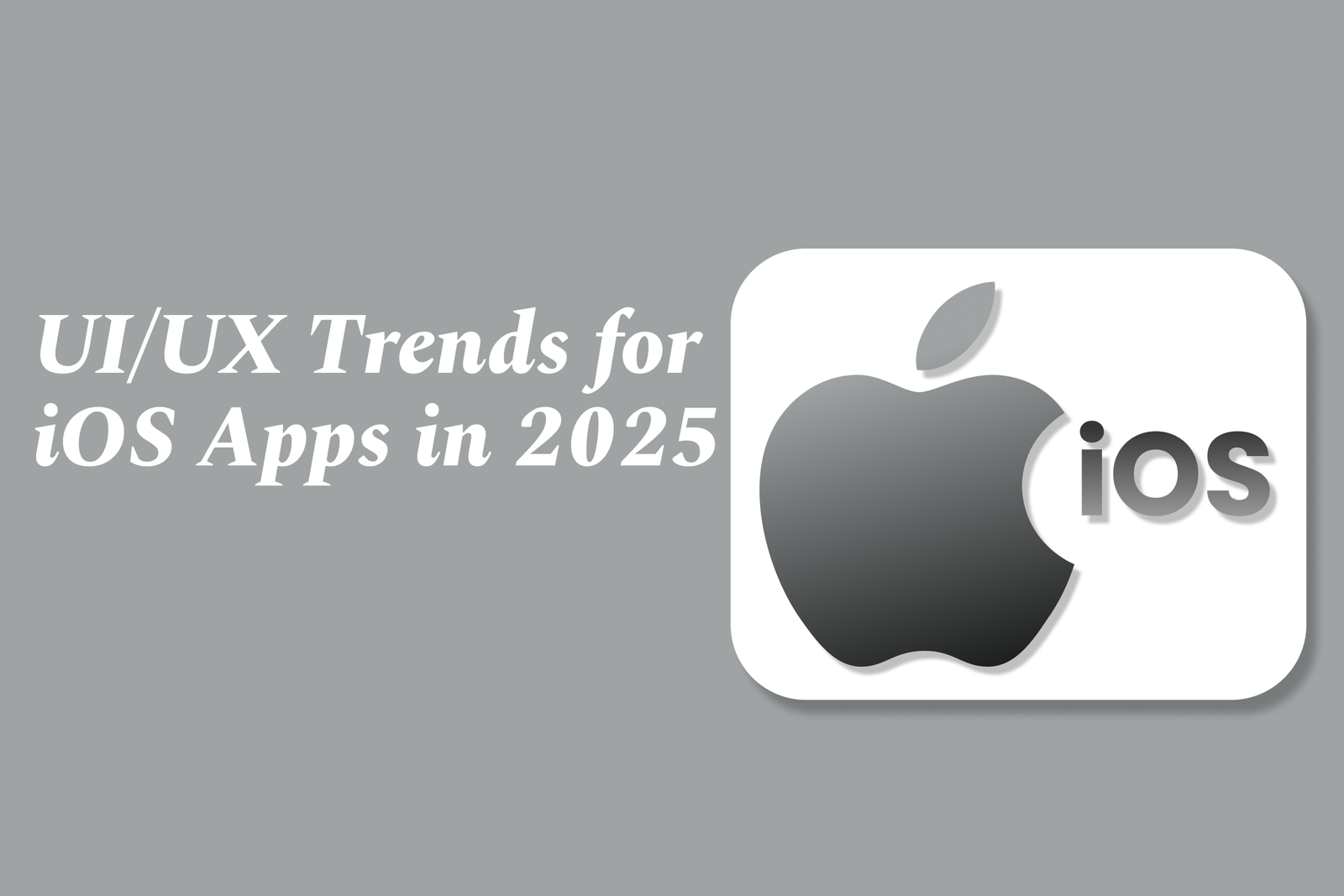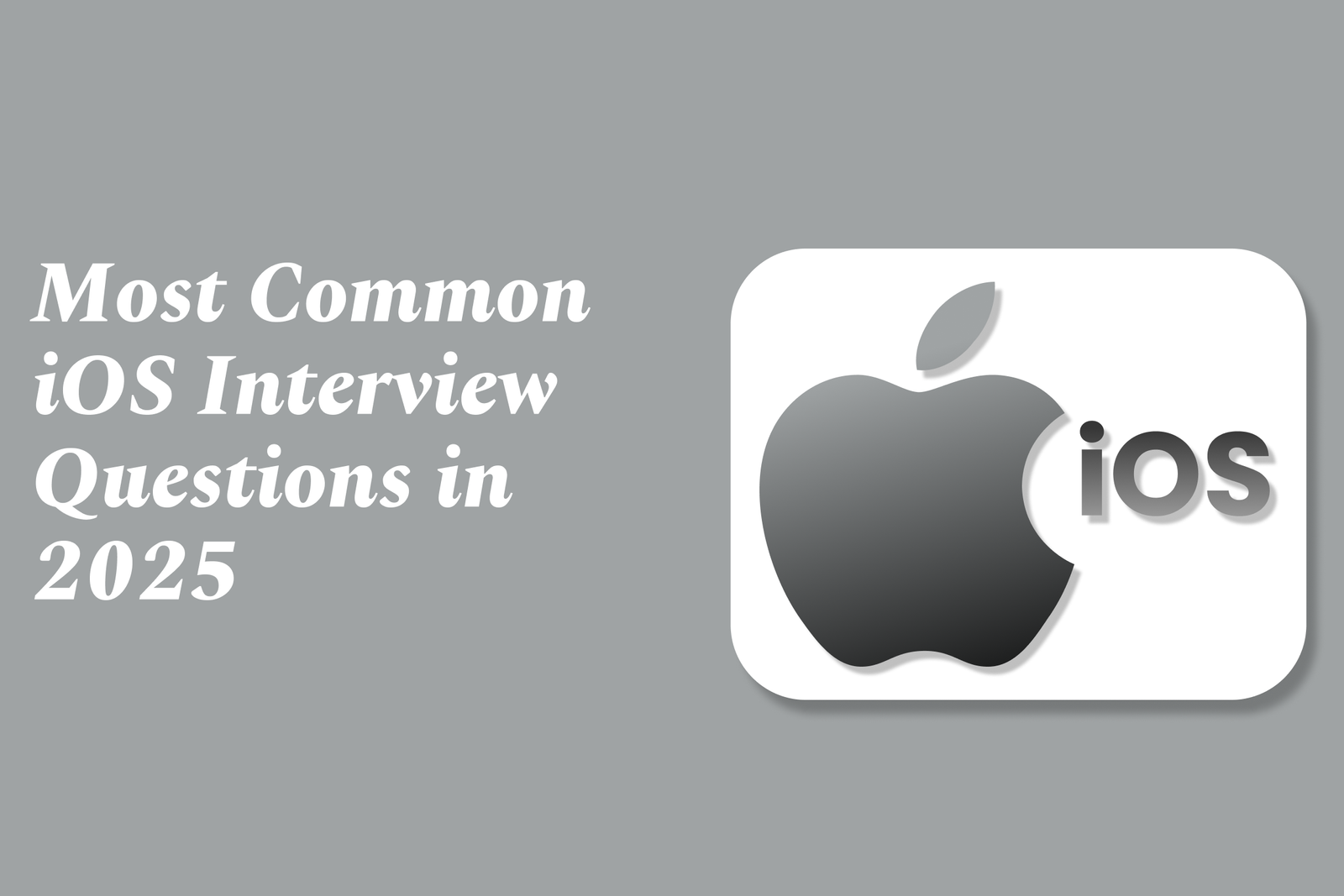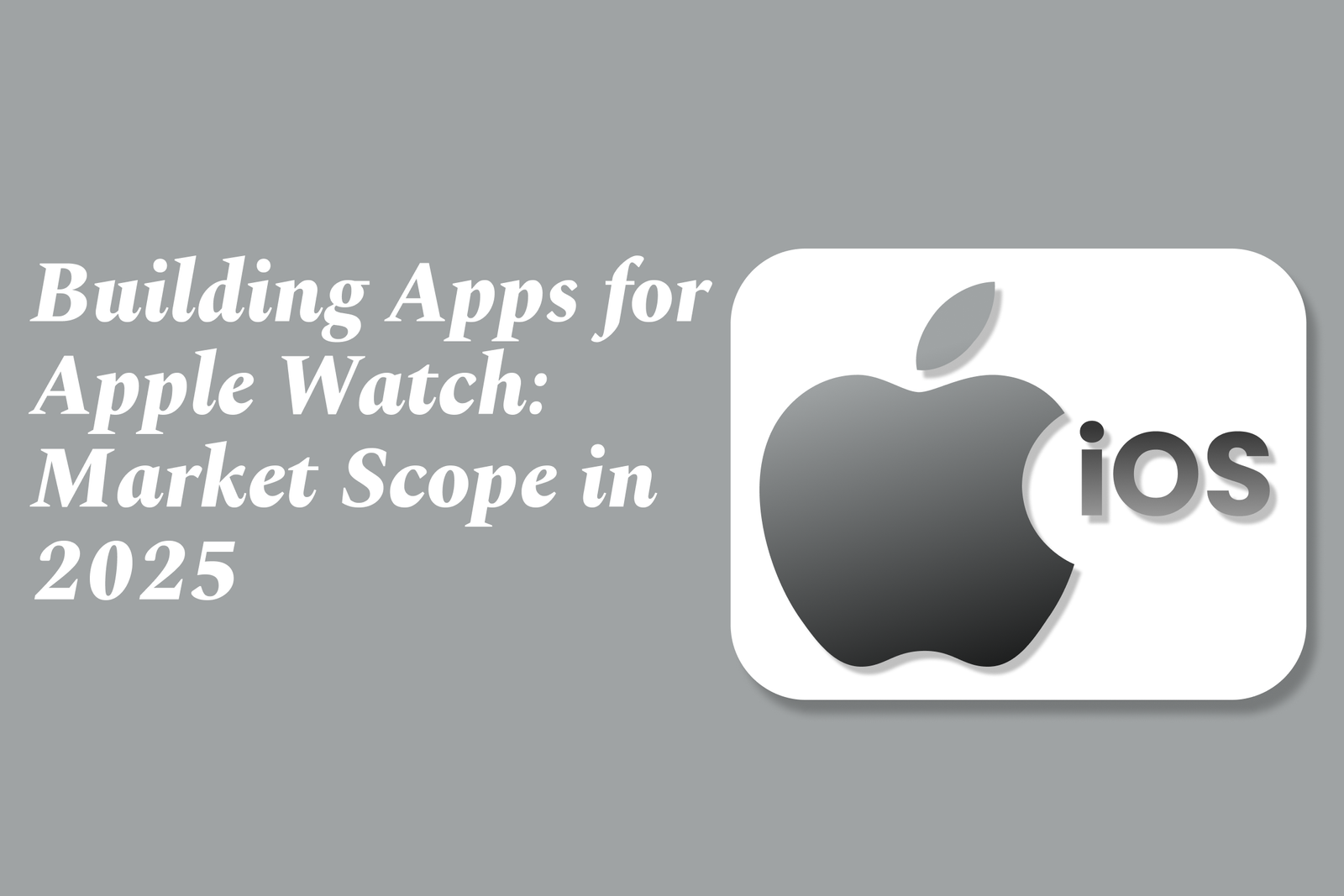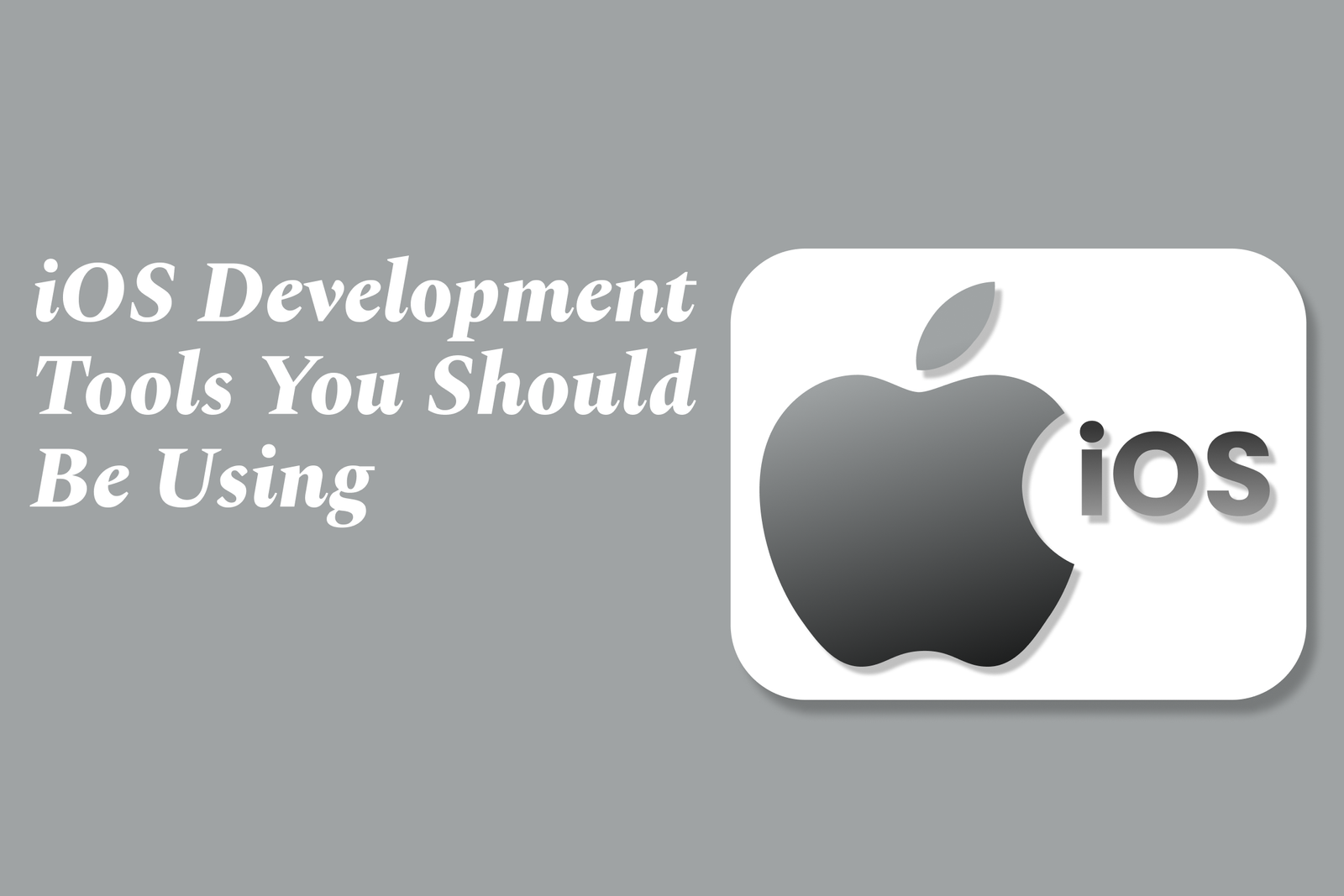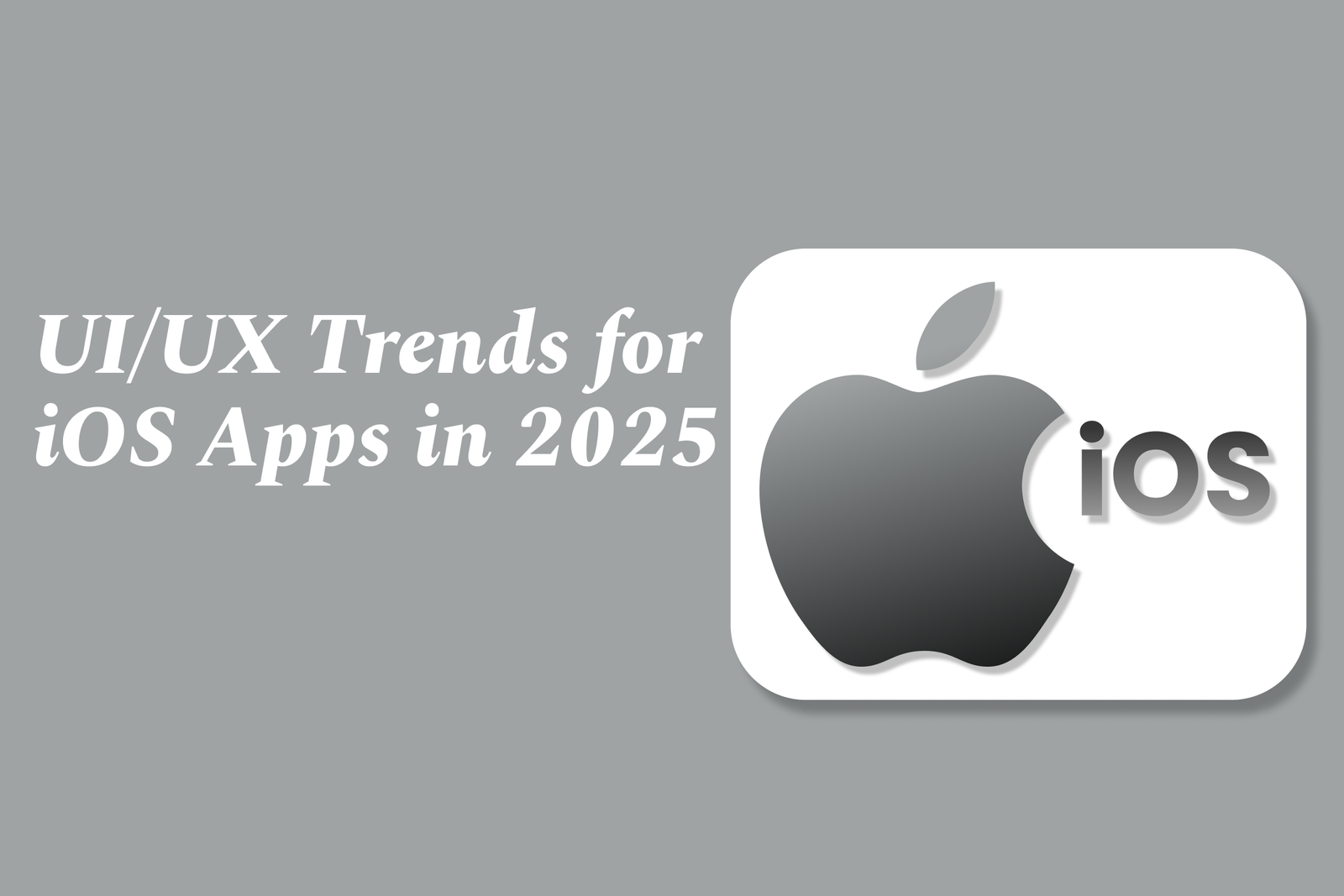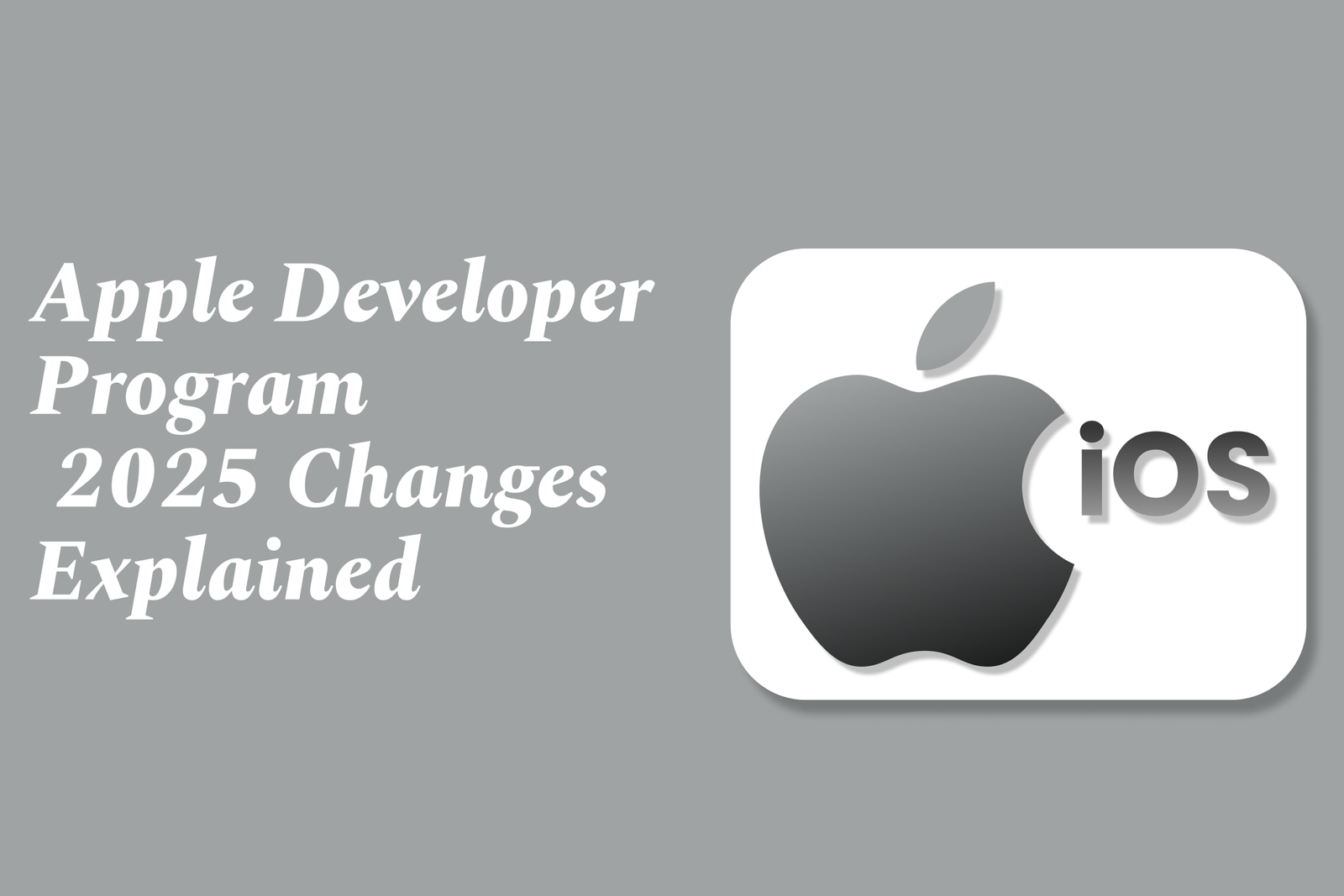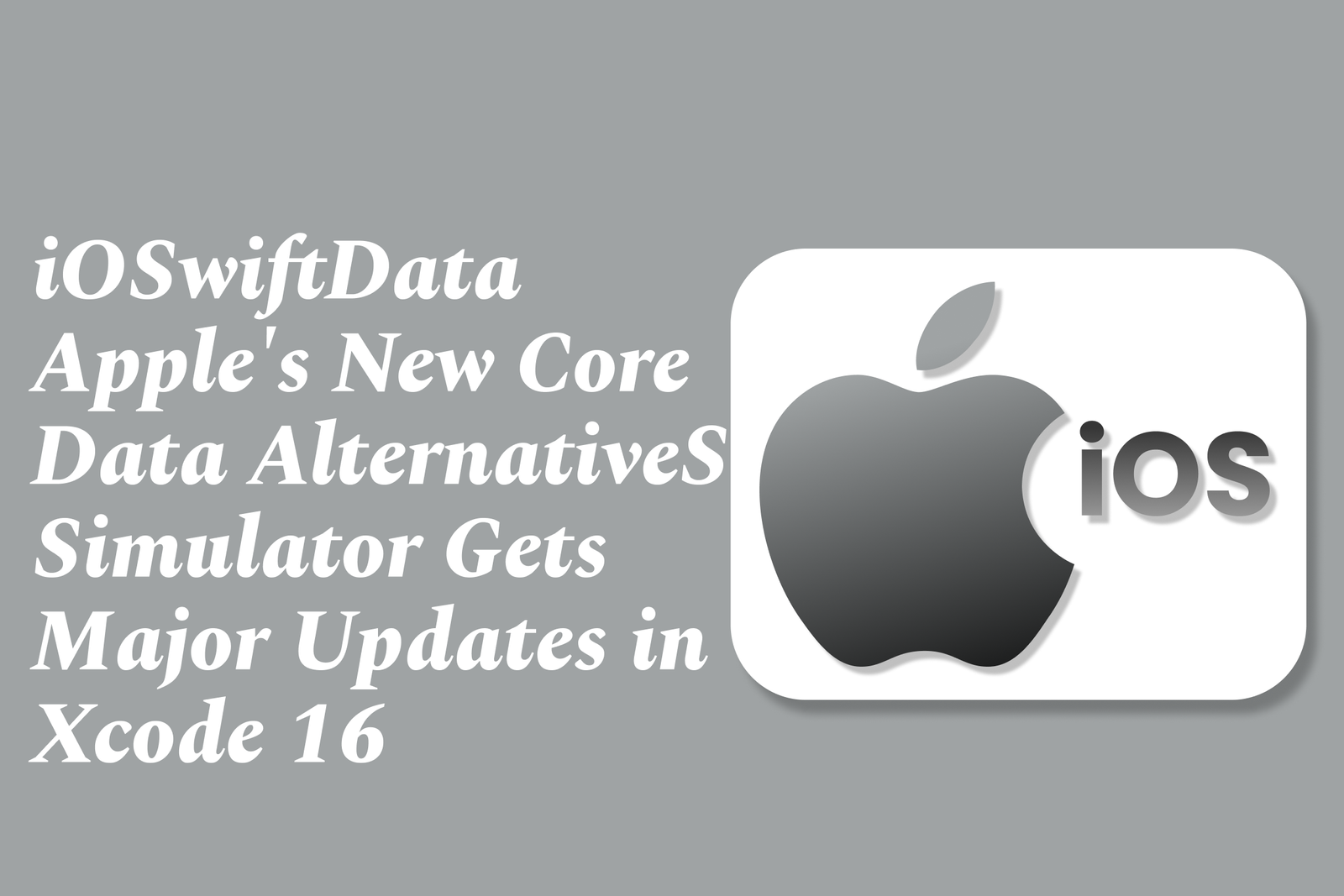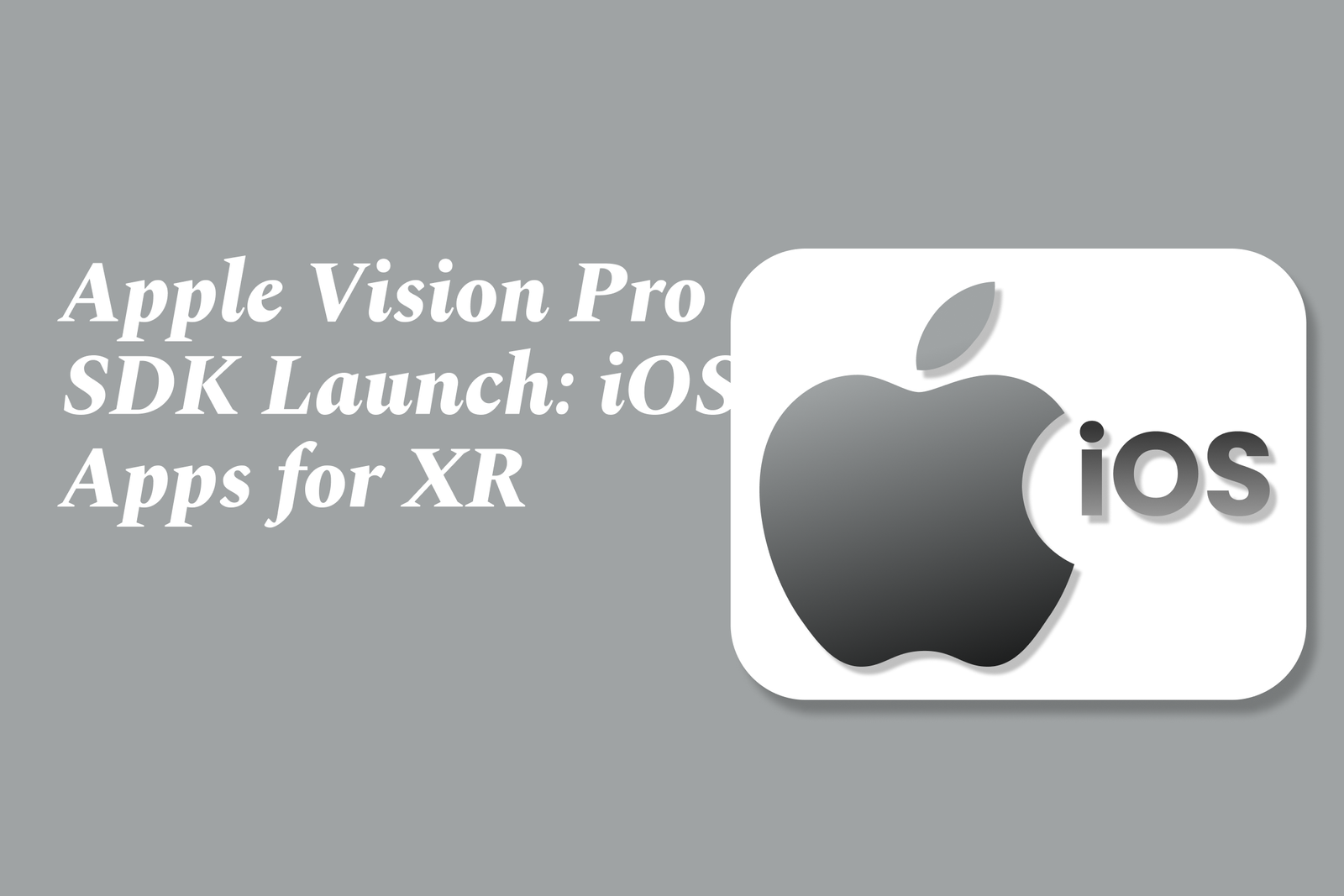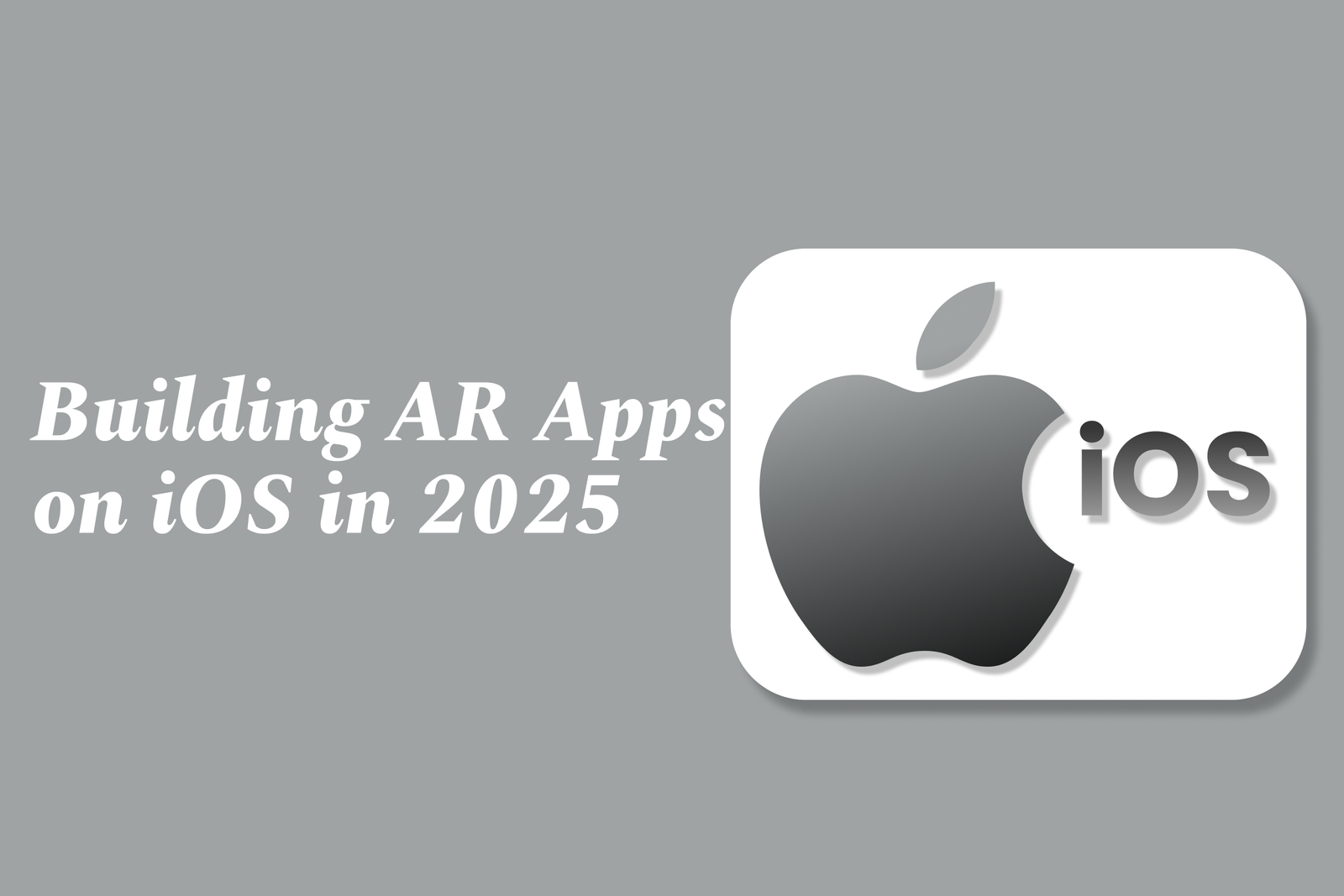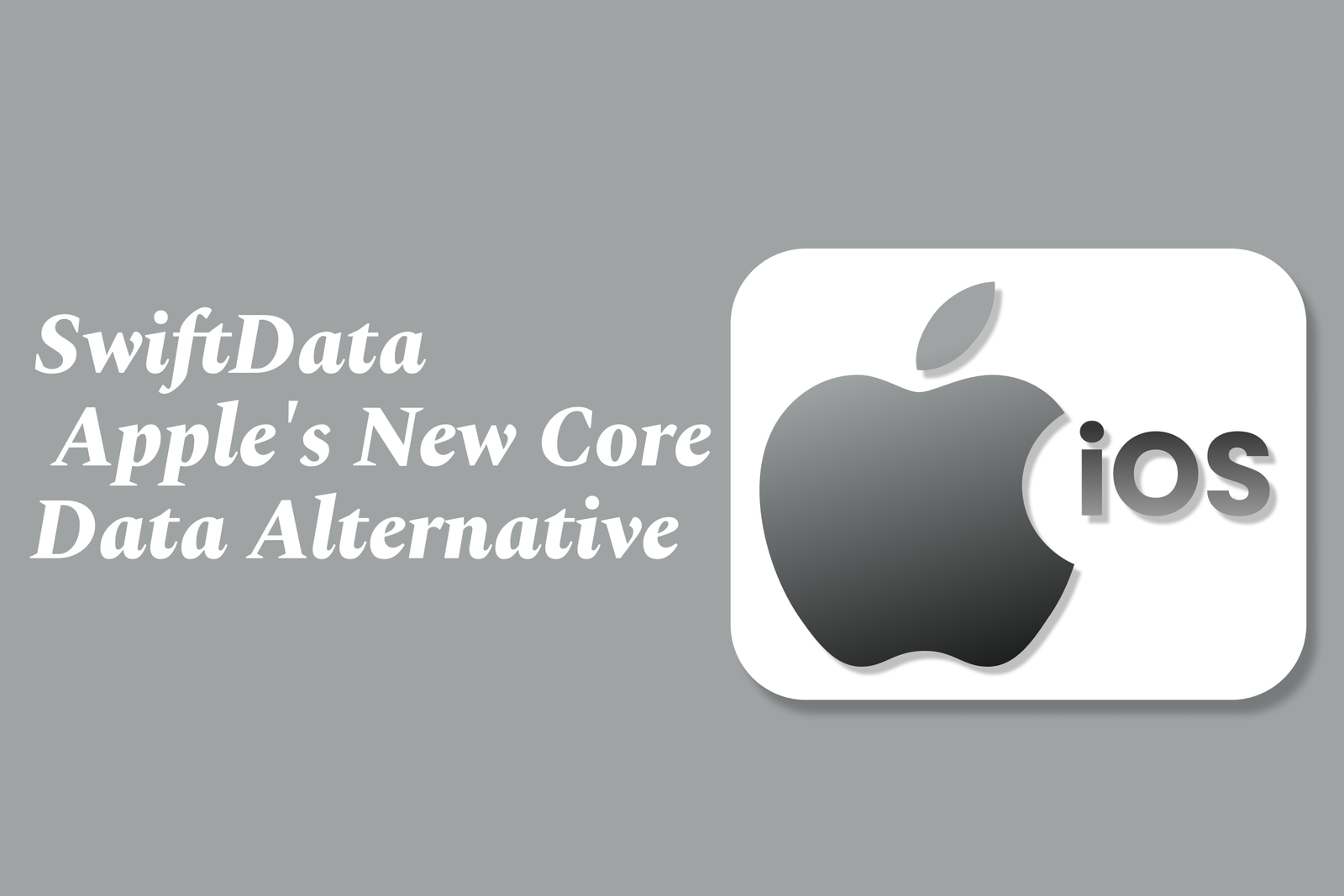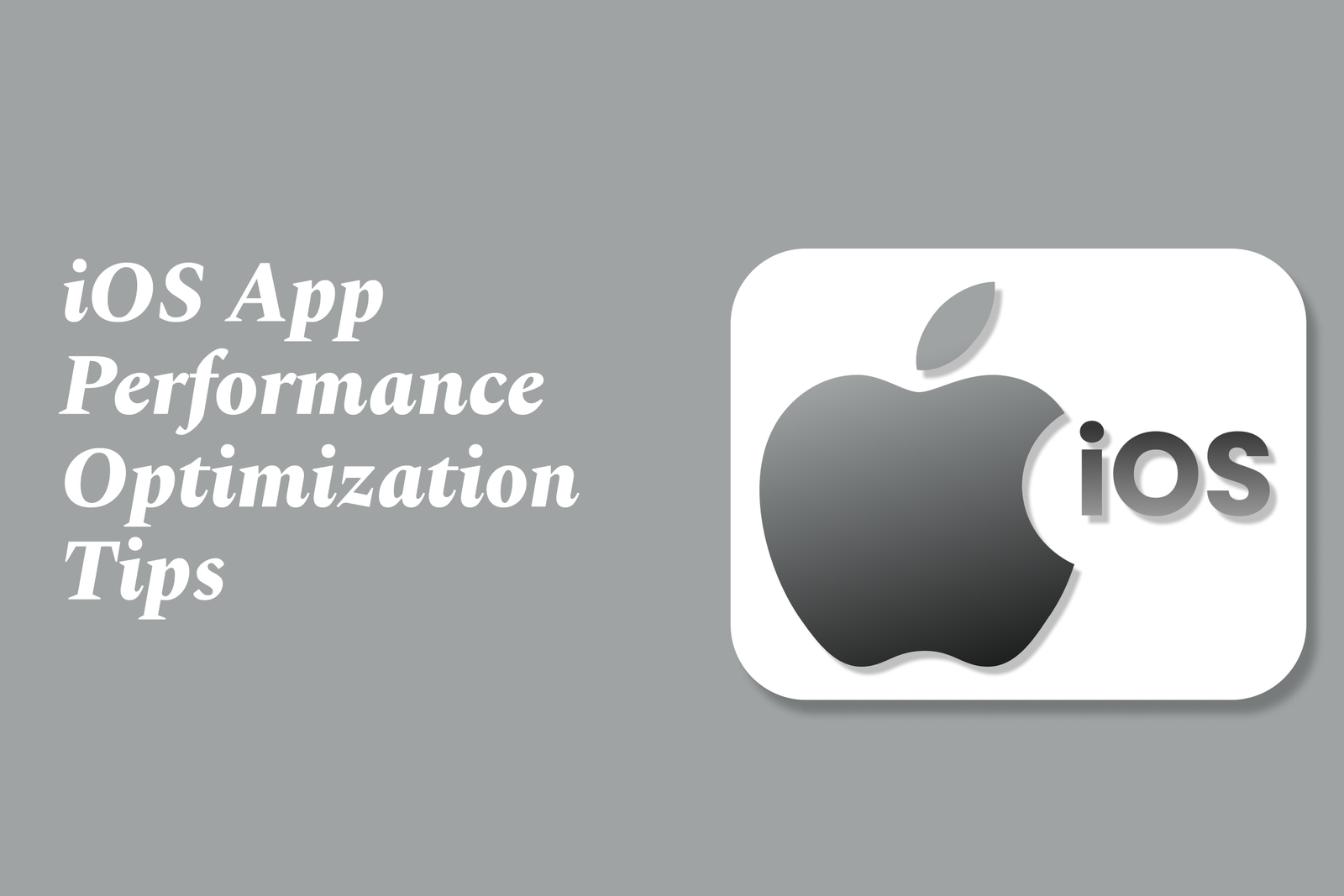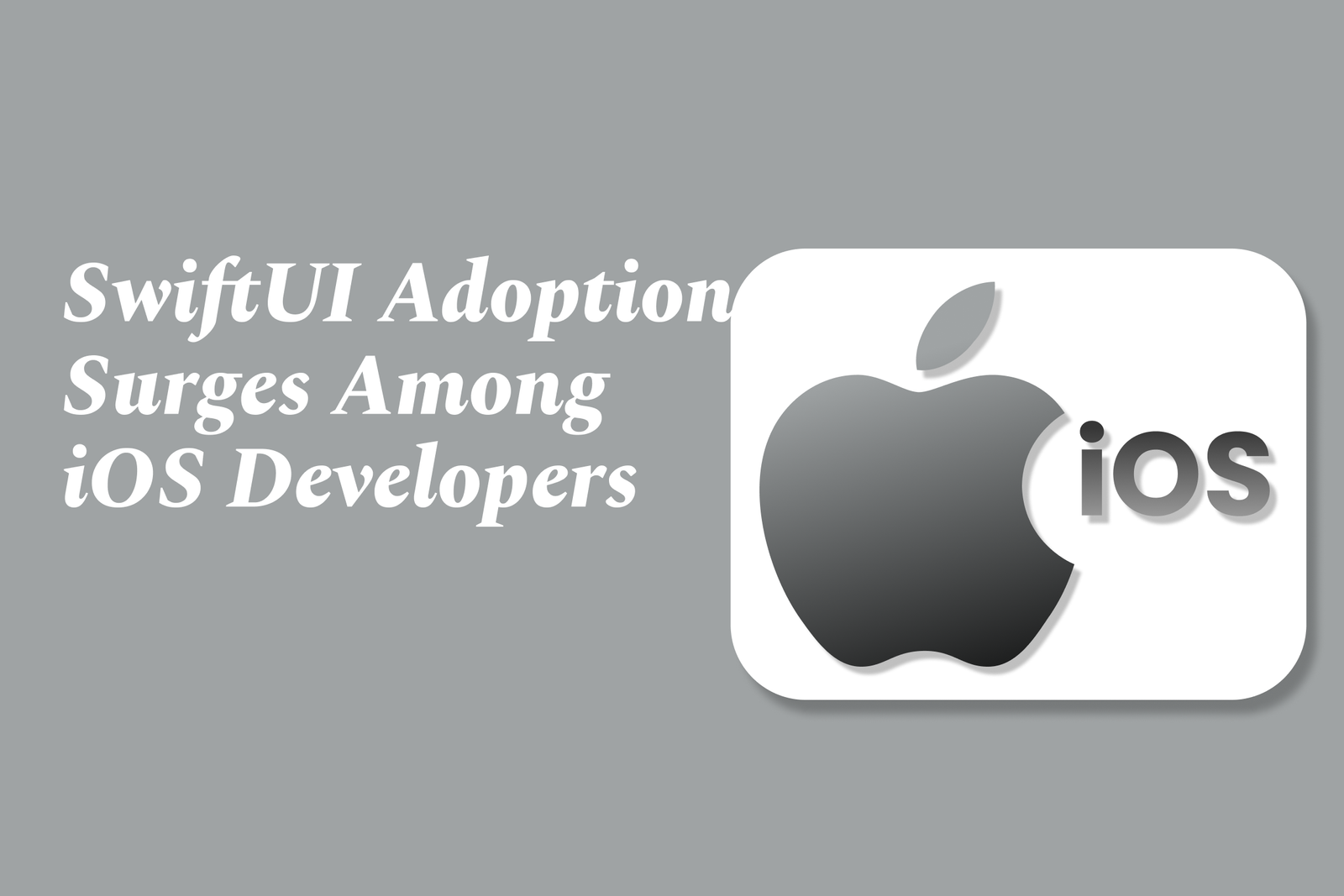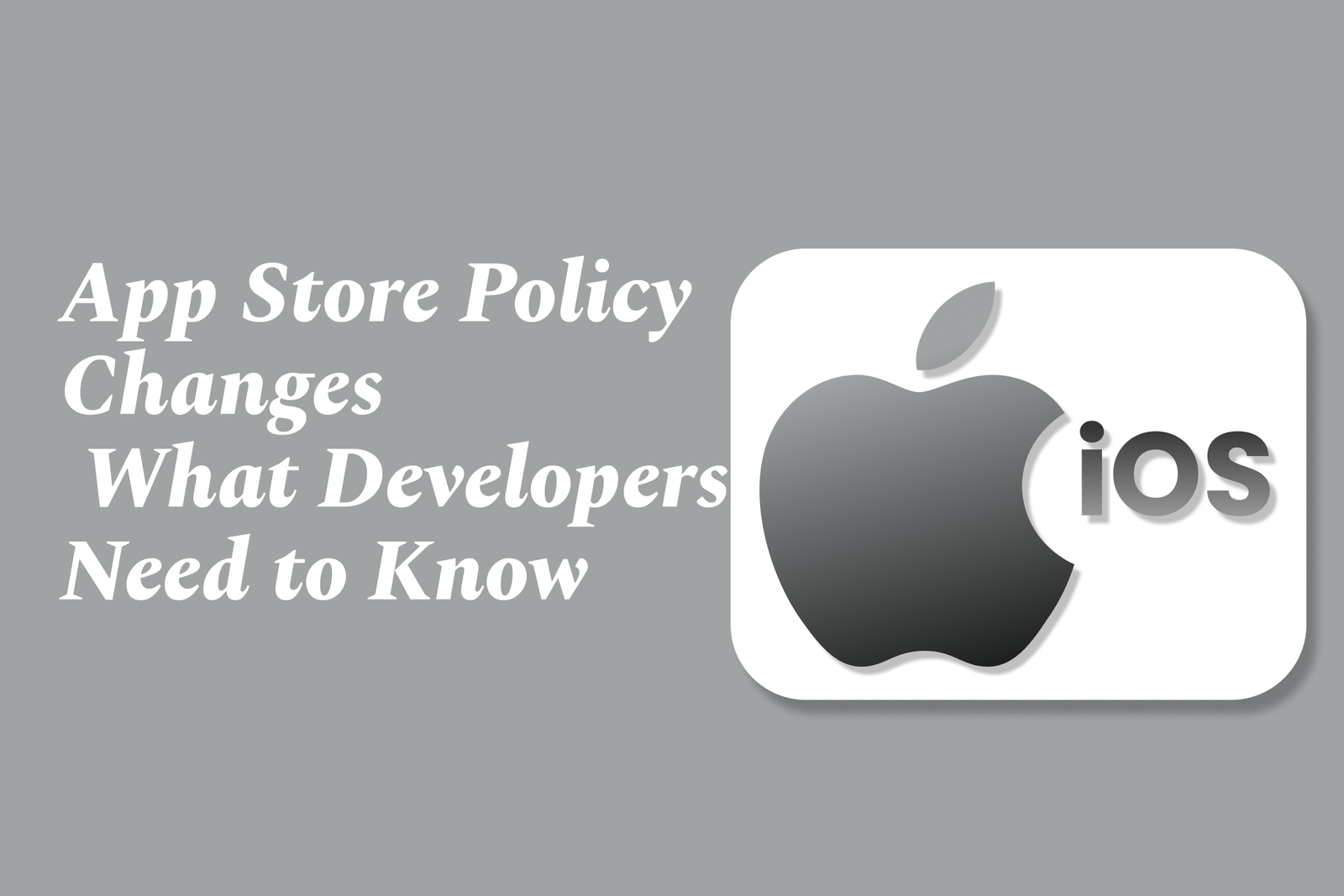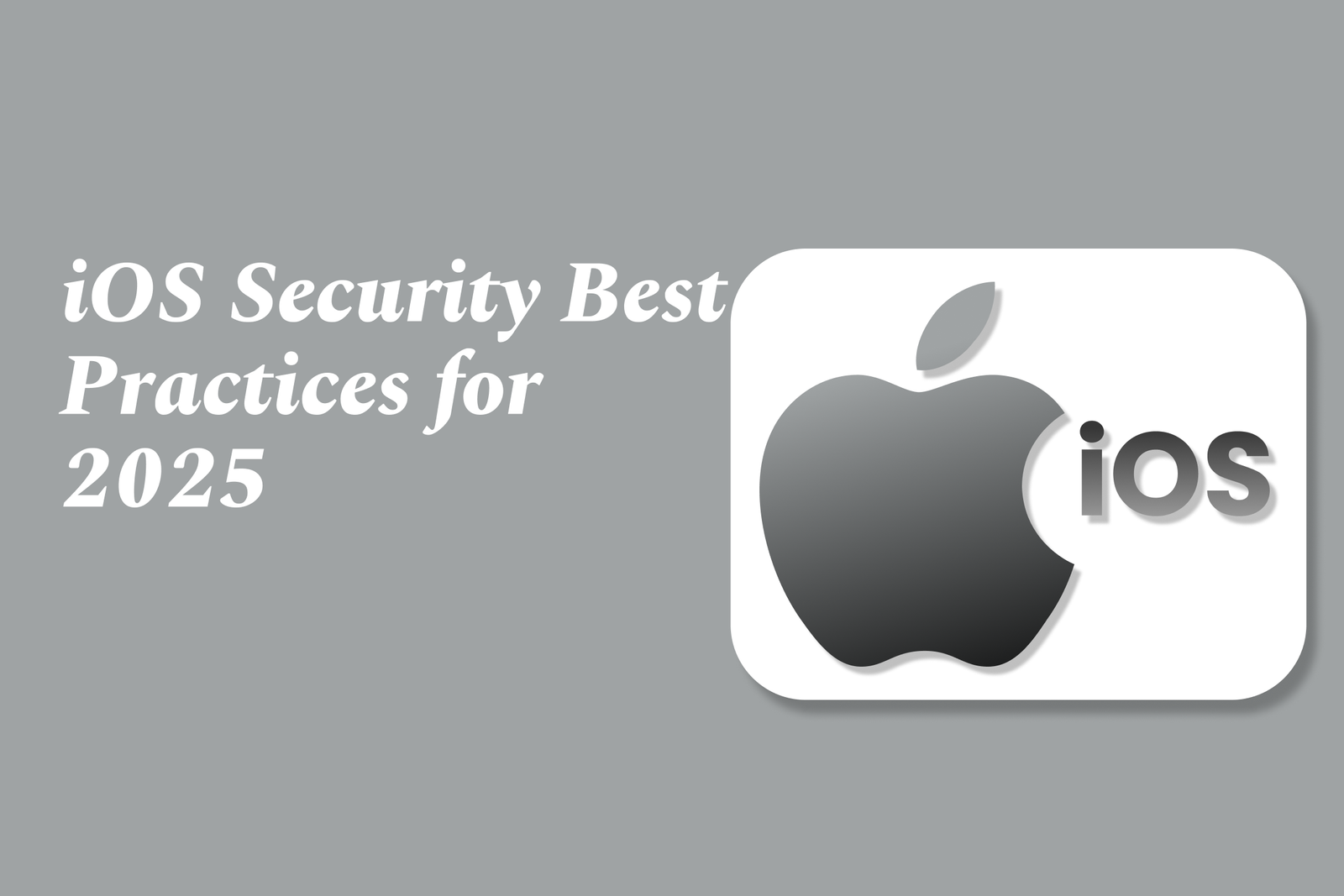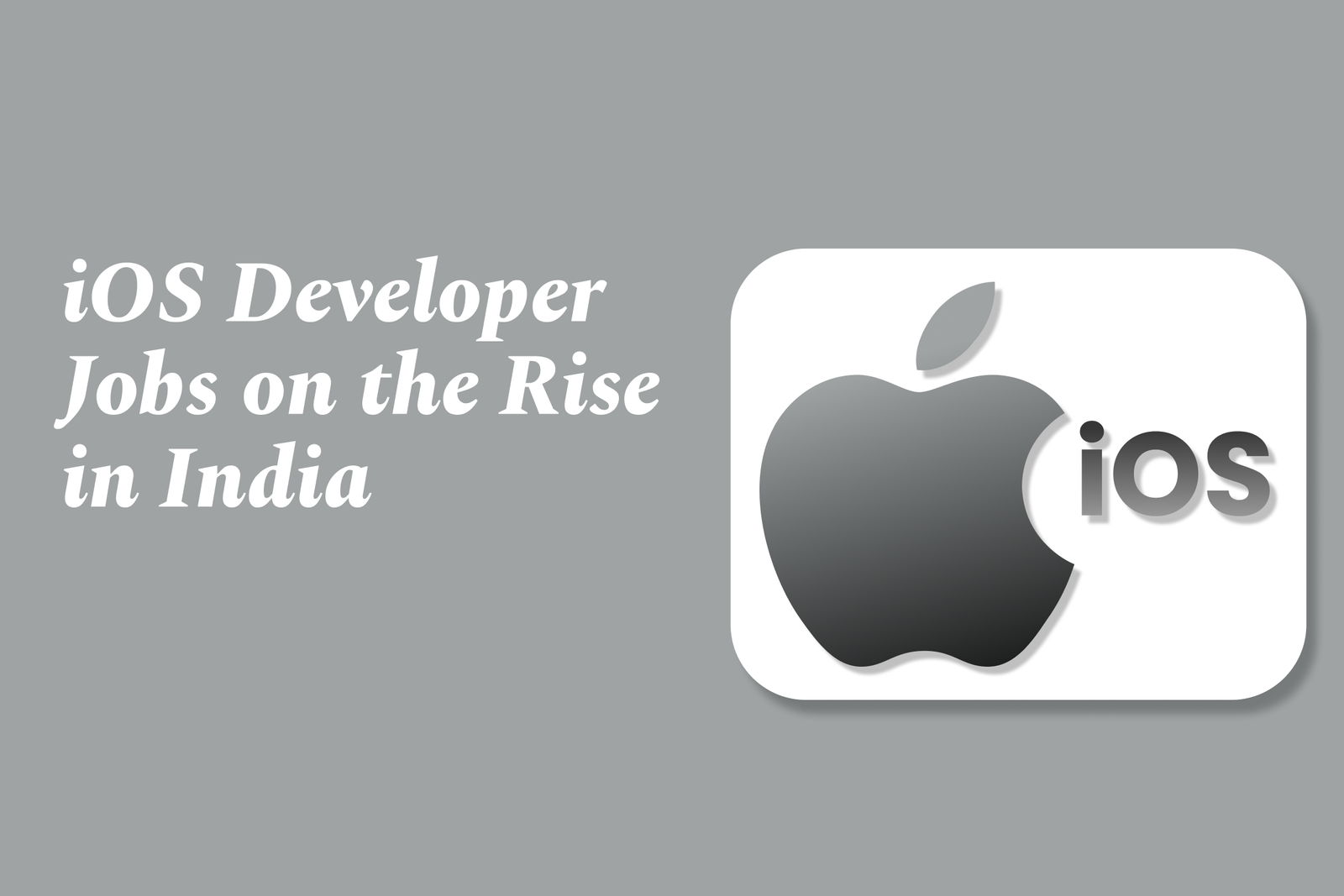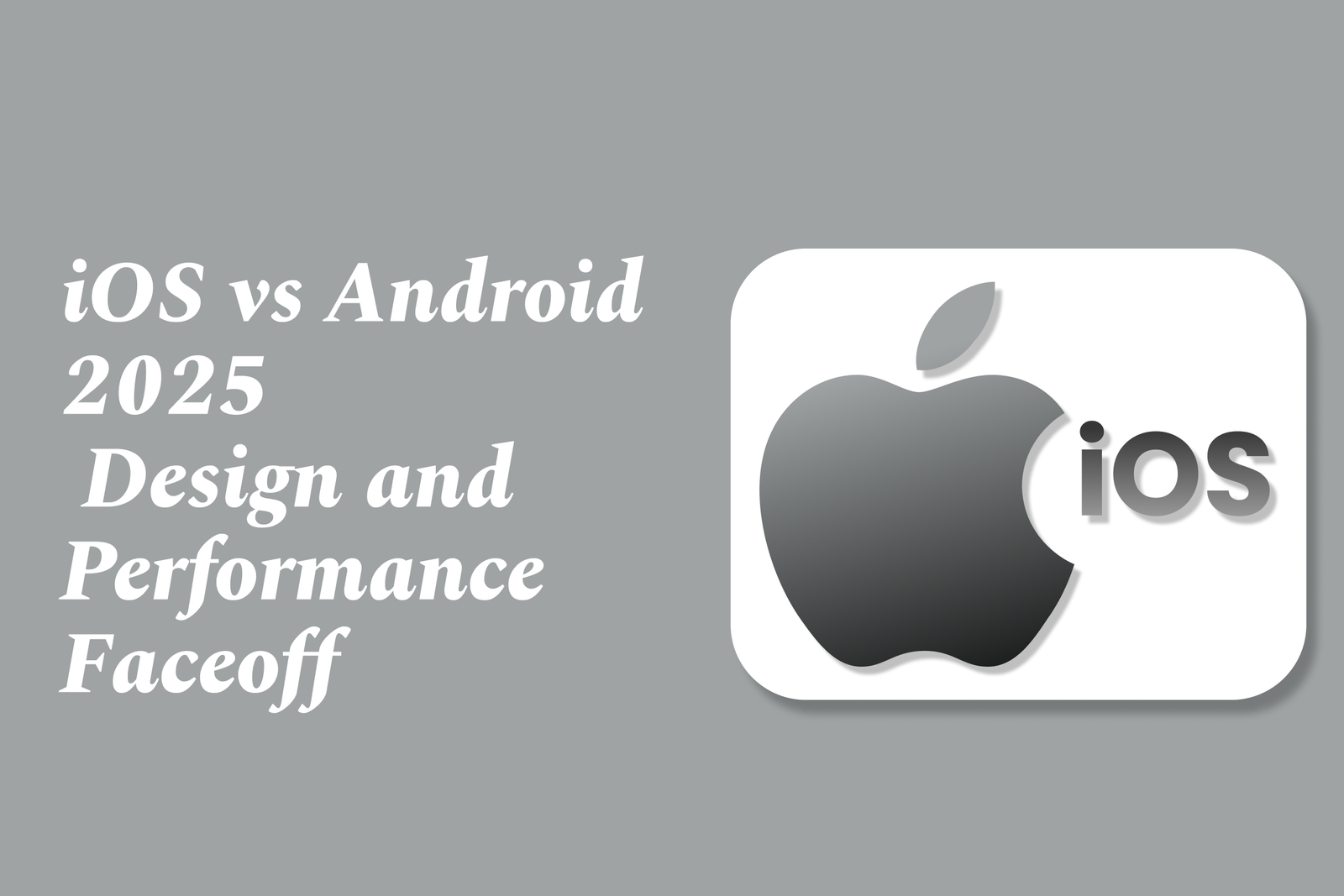Top SwiftUI Updates Every Developer Should Know
Top SwiftUI updates include simplified app icon management, enhanced Swift Charts for versatile data visualization, a proposed Xcode Streamer Mode for secure code sharing, and ongoing efforts for better app modularization and a modern CoreData replacement—boosting developer efficiency and creativity.
Learn MoreIOS 19 accessibility improvements for developers
iOS 19 enhances accessibility with new APIs and features like expanded Voice Control languages, Assistive Access for Apple TV, improved CarPlay sound recognition, and personalized voice creation, empowering developers to build more inclusive, user-friendly apps for diverse abilities.
Learn MoreiOS 19 beta: What developers must test now
iOS 19 Beta offers developers early access to new features and APIs, enabling them to test app compatibility, performance, UI updates, and privacy compliance. Early testing ensures apps run smoothly and leverage iOS 19 enhancements before the official release.
Learn MoreiOS app monetization strategies that work
iOS app monetization strategies that work include in-app purchases, subscriptions, and targeted ads. Combining these approaches lets developers maximize revenue while ensuring a seamless user experience, turning downloads and engagement into sustainable profits.
Learn MoreSwift 6.1 preview: Exciting features coming soon
Swift 6.1 preview introduces enhanced concurrency features, precise typed error handling, and improved data-race safety controls. It also expands support for non-copyable types and synchronization primitives, making Swift safer and more efficient for modern, concurrent programming.
Learn MoreMost common iOS interview questions in 2025
Most common iOS interview questions in 2025 focus on Swift programming, UIKit vs. SwiftUI, concurrency, networking, data persistence, app architecture, debugging, and testing to assess candidates’ skills in building efficient, scalable, and modern iOS applications.
Learn MoreBuilding apps for Apple Watch: Market scope in 2025
Building apps for Apple Watch in 2025 offers promising market potential as user demand grows. Developers must blend traditional tools like Xcode with AI-assisted coding to overcome challenges, creating innovative, efficient apps that leverage watchOS features and expand the smartwatch ecosystem.
Learn MoreiOS development tools you should be using
iOS development tools are essential software and frameworks like Xcode, Swift, SwiftUI, and CocoaPods that help developers design, build, test, and deploy apps for Apple devices efficiently, enabling seamless creation of high-quality mobile applications.
Learn MoreUI/UX trends for iOS apps in 2025
UI/UX trends for iOS apps in 2025 focus on AI-driven personalization, immersive AR/VR experiences, dynamic visuals with bold colors and subtle depth, purposeful motion design, and enhanced accessibility—creating smarter, more intuitive, and highly adaptive user interfaces.
Learn MoreApple Developer Program: 2025 Changes Explained
The Apple Developer Program 2025 updates introduce refined age ratings, enhanced privacy and data policies, and revised guidelines for new APIs and features. These changes aim to improve app safety, compliance, and user experience across all Apple platforms.
Learn MoreiOS Simulator Gets Major Updates in Xcode 16
Xcode 16 brings major updates to the iOS Simulator, enhancing support for the latest iOS versions, improving performance and stability, and introducing streamlined version management. These improvements help developers test apps more efficiently on simulated devices.
Learn MoreApple Vision Pro SDK Launch: iOS Apps for XR
Apple Vision Pro SDK enables developers to bring iOS apps into the XR space by adapting them for visionOS, Apple’s new spatial computing platform. It supports seamless app transition and new immersive experiences, expanding iOS apps into the next generation of mixed reality.
Learn MoreBuilding AR Apps on iOS in 2025
Building AR apps on iOS in 2025 leverages advanced tools like Swift 6, ARKit, and Apple’s RoomPlan to create immersive, interactive experiences. Integrating AI and machine learning enhances realism, enabling innovative applications across retail, education, and real estate.
Learn MoreiOS app performance optimization tips
iOS app performance optimization involves improving speed, responsiveness, and efficiency through techniques like caching, asynchronous processing, image optimization, and efficient data handling, ensuring a smooth user experience and better resource management on Apple devices.
Learn MoreSwiftData: Apple's new Core Data alternative
SwiftData is Apple’s modern persistence framework introduced as a streamlined, SwiftUI-friendly alternative to Core Data. It simplifies local data storage with a clean, declarative Swift API, making data management easier and more intuitive for Swift developers.
Learn MoreWhy learn iOS development in 2025?
Learning iOS development in 2025 opens doors to a thriving, innovative ecosystem with a vast user base. With cutting-edge tools like Swift and ARKit, plus flexible online courses, it’s an ideal time to build high-quality apps and boost your career in mobile tech.
Learn MoreSwiftUI adoption surges among iOS developers
SwiftUI adoption is rapidly increasing among iOS developers due to its modern, declarative syntax and seamless integration with Apple platforms. Despite some limitations, more developers are embracing SwiftUI for faster, more intuitive UI design and future-proof app development.
Learn MoreApp Store Policy Changes: What Developers Need To Know
App Store policy changes impact app submission, monetization, and user privacy rules. Developers must stay updated on guidelines about in-app purchases, data usage, and content to ensure compliance, avoid rejections, and maximize their app’s success in a constantly evolving marketplace.
Learn MoreIOS Security Best Practices for 2025
iOS Security Best Practices for 2025 focus on leveraging Apple’s advanced hardware features like Secure Enclave, using strong encryption, biometric authentication, secure data storage via Keychain, regular updates, and adopting defense-in-depth strategies to protect apps against evolving mobile threats.
Learn MoreiOS developer jobs on the rise in India
iOS developer jobs are rapidly growing in India due to rising demand for Apple apps. With more users on iPhones and iPads, companies seek skilled iOS developers, offering excellent career prospects. Investing in iOS skills opens doors to innovative tech roles nationwide.
Learn MoreiOS vs Android 2025: Design and Performance Faceoff
The iOS vs Android 2025 faceoff explores the latest in design innovation and performance, comparing Apple's seamless, optimized ecosystem with Android's diverse hardware and customization—highlighting how each platform meets user needs in speed, app quality, and overall experience.
Learn More
